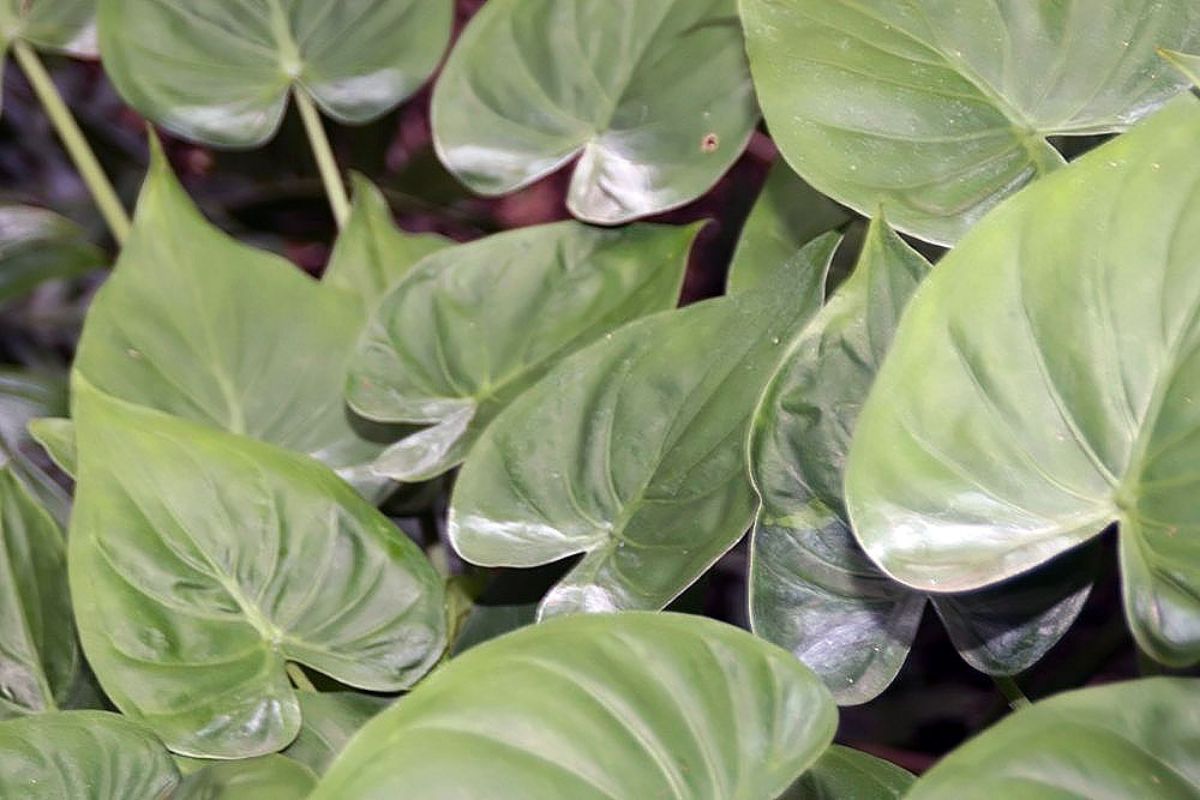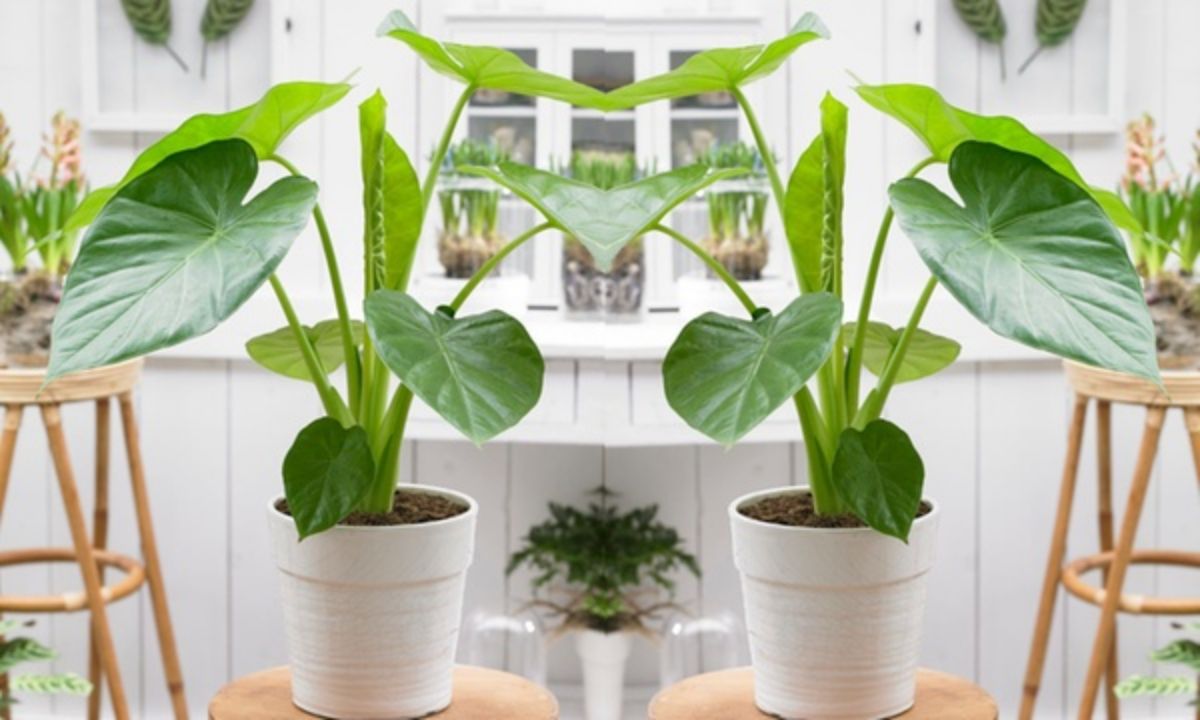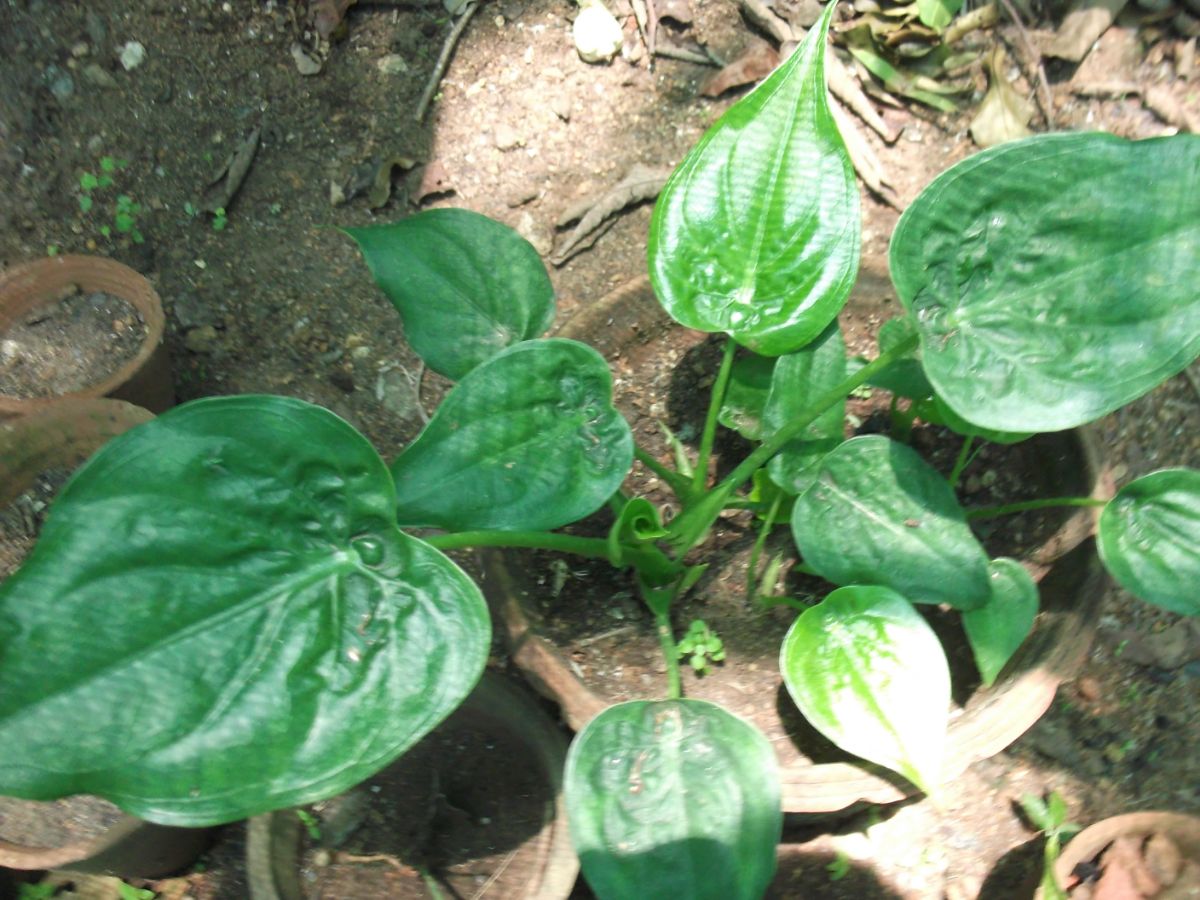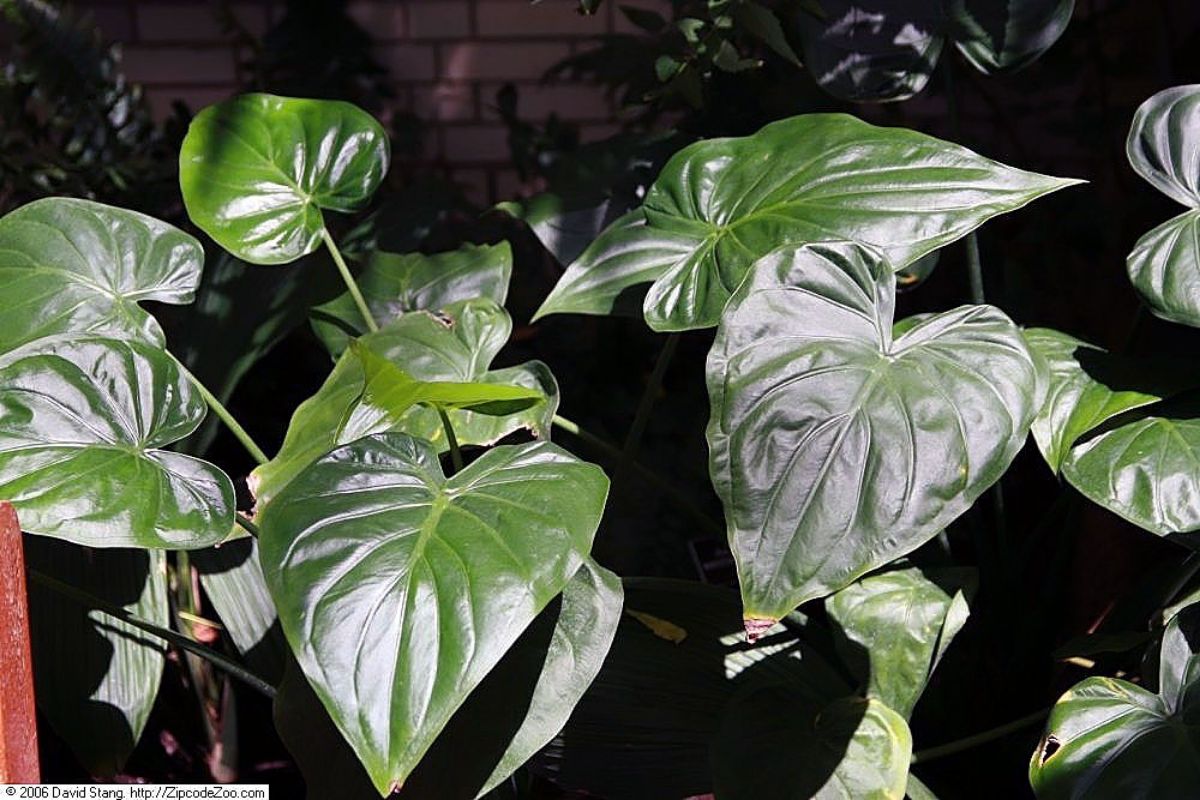
If you like plants of the Alocasia family, you will surely know the Alocasia cucullata. Her care does not differ too much from that of her "sisters", although she has some peculiarities that must be watched.
Do you want to know what are the Alocasia cucullata care? Then pay attention because we reveal them to you below.
How is Alocasia cucullata

Source: Groupon
Also called Elephant Ear or Buddha Ear, this plant is characterized by having very large, bright green leaves. When he casts several, we can almost think of being in a tropical jungle. These leaves are petiolate and their nerves are highlighted on them. To give you an idea, they measure about 30 centimeters each.
Can easily reach 4 meters in height, although only in its natural habitat; in a pot it will hardly exceed 50 centimeters, a meter at most.
It is native to the tropical zones, especially Borneo, eastern Australia, or southeast Asia.
Alocasia cucullata: essential care

If you want to have an Alocasia cucullata in your home, you should know that it is very easy to have, although it may cost you a bit to find it in stores. It is not a very expensive plant and the truth is that it is very resistant, although sometimes it needs some specific care to be healthy.
And that is what we are going to explain to you below, what are the care of the Alocasia cucullata.
Location and lighting
We are going to start by telling you that the Alocasia cucullata loves the light. But it is not good that the sun's rays get close to it because the only thing it will do is burn the leaves.
That is why our recommendation is that the put in a bright or semi-bright place, because it also tolerates this location.
As for whether it is better inside or outside the house, due to the temperatures it needs (which we will discuss below) it is better to have it inside. Of course, in summer you could take it out as long as the temperature is not too high.
Temperature
As we have told you before, one of the most important cares to take into account is the temperature that the plant will have. In this case, his ideal is to be between 18 and 22 degrees.
If it is lower, you can suffer. In fact, when temperatures drop below 10 degrees Alocasia cucullata can easily get sick.
For this reason, in winter it is unthinkable to leave it outside the house, it must be inside and in a room where there is a constant temperature.
Earth
In the case of the substrate to be used by the plant, you should know that is not too picky about this. In general, if you use a universal substrate and add fertilizer, it will be perfect
What we do recommend is that you mix this universal substrate with some drainage because, although the plant requires you to water it, it does not like to have its roots soaked and it is better for them to breathe as well.

Irrigation and humidity
We are going to talk about two very important care for Alocasia cucullata. As a good tropical plant that it is, it needs watering but, much more, humidity.
Regarding irrigation, it is important that checks that you never stick with too dry a substrate. Here it is more important to water it frequently than to do it with a lot or a little. In other words, it is better to water a little but several times a week than to water a lot and a few times. If you do that, you will most likely end up losing her.
Although the plant looks complicated, it is not. If you go overboard with irrigation you will see it because one of its mechanisms is to excrete excess water (for example, by sweating water). If that happens, don't water it too heavily or every so often.
The good thing is that it is not a plant affected by root rot.
Now, let's go with the humidity. And here we do have to say that you need a lot of humidity. To the point of having a humidifier to put on the plant. Another option is to place it on top of a tray with water and pebbles so that when the water evaporates it is nourished by that moisture. In summer, it is very grateful that you spray the leaves, but without going overboard.
Subscriber
From the beginning of spring until almost the end of summer, the growth cycle of Alocasia cucullata is active, so it should be fertilized with a liquid fertilizer added to the irrigation water at least every 15-30 days (depending on how big it is).
If you have it away from home, it is better to water it with the fertilizer first thing in the morning or last afternoon because that way you make sure that it is not too "active" in the hottest hours, especially since the water It would heat up and could even have a mirror effect, damaging the plant.
Transplant
Plant needs to be transplanted every two yearsBefore if you see that the roots have come out of the pot.
It should not be put in a pot that is too large, but a slightly larger one is better. This Alocasia adapts well to the size of the pot that you put in it, so it will grow whatever you want it to grow.
Pruning
One of the problems that you can find with the Alocasia cucullata is that it grows a lot. If you don't have space, it becomes a problem, so pruning is a must.
you can prune Plant 1-2 vines very carefully. All the yellow, dead leaves, etc. You can also remove them as they disfigure your plant.
Plagues and diseases
In this aspect, it can have problems with some diseases or pests. The most common are xanthomonas, a disease that creates black or dark brown spots on leaves, sun damage (if burned), and pests like aphids, Mites, mealybugs or scales.
Multiplication
Like almost all plants, the Alocasia cucullata can reproduce. There is an "easy" way to do this. Is about take the suckers from the tubers. And where are these? Inside the pot.
Normally, when you transplant the plant, it is possible that you will find suckers, which are small plants that can be separated from the mother plant and placed in a seedbed so that they can grow independently. If you take good care of them and you provide all the care they need, in no time they will begin to grow and you could have new plants.
Have you now clear the care of the Alocasia cucullata?
Thanks for the info. I have one and the truth is I see no progress. It always stays at 5 sheets. They dry out and the replacement comes out but it doesn't happen from there.
I hope this improves your growth.
Hello Duliz.
If you need help with your plant, write to us again and we will tell you 🙂
A greeting.